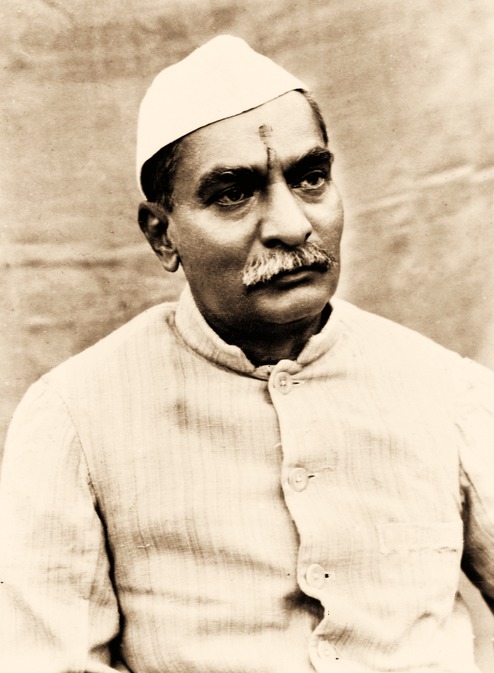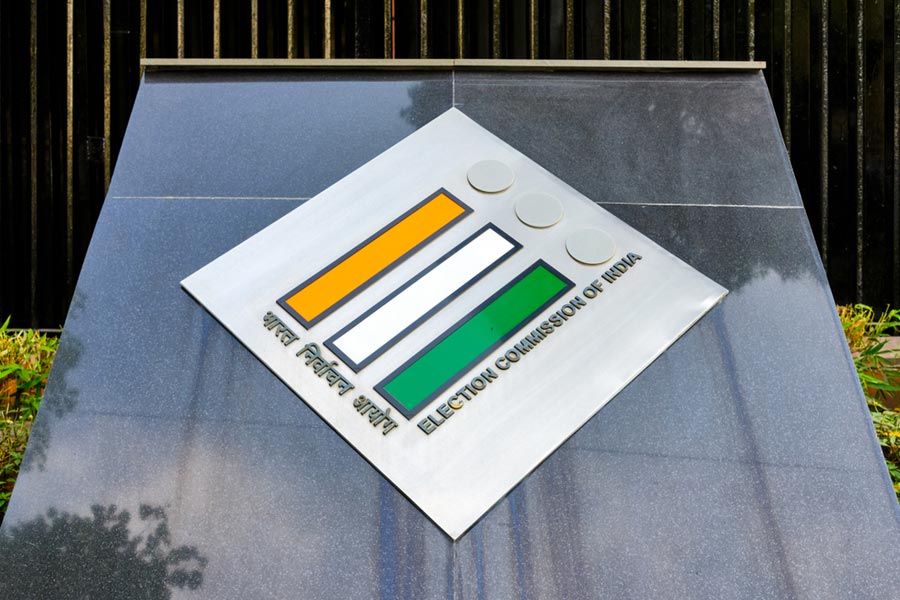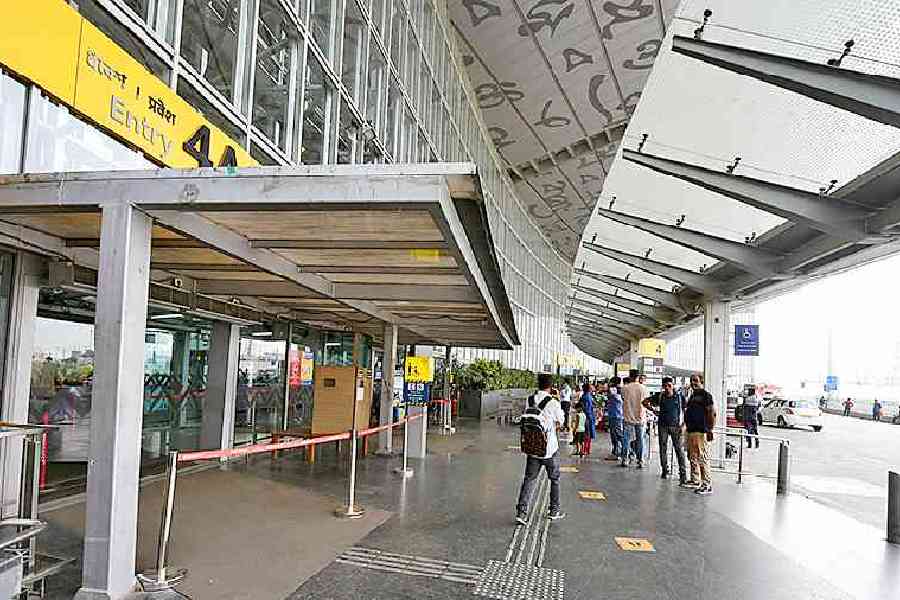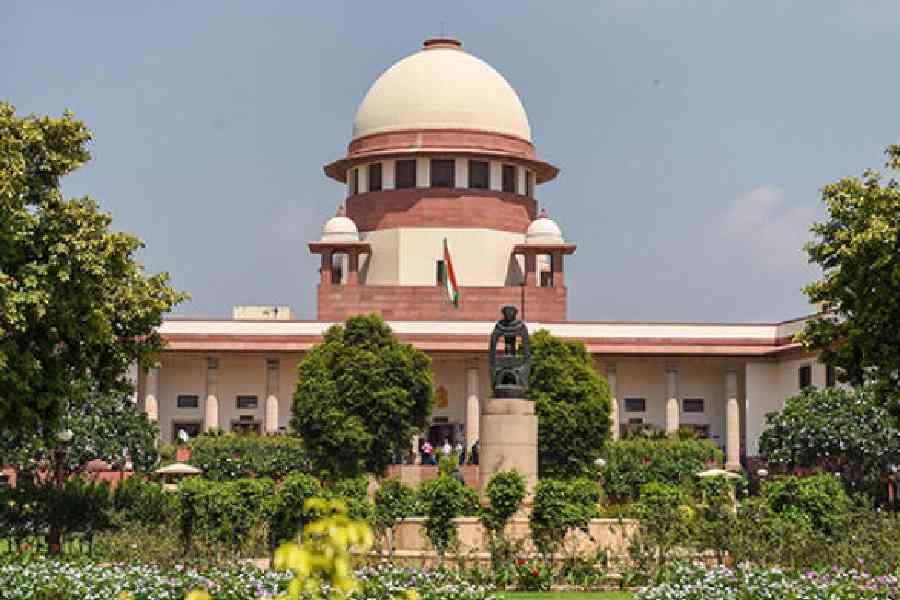
Patna: Visitors to the ancestral house of the country's first President Rajendra Prasad in Siwan district will no longer have to return without getting to know about his life and work.
The Archaeological Survey of India (ASI) is going to inaugurate a permanent gallery at the house in Ziradei, 150km northwest of Patna, on the occasion of his 133rd birth anniversary on December 3. It will provide detailed, illustrated information about Rajendra babu's life .
"Dr Prasad's house is a protected monument under the ASI and we have decided to establish a permanent gallery there, which will provide detailed, illustrated information about his life, especially during the freedom movement and afterwards when he became the President of India," Patna circle superintending archaeologist D.N. Sinha told The Telegraph.
Prasad, the only President to serve two terms, was one of the tallest leaders of the national movement. Among the brightest students of Calcutta's famed Presidency College, he became one of Mahatma Gandhi's earliest lieutenants after serving as a volunteer in Champaran in 1917. Prasad gave up his lucrative law practice to join the freedom struggle. He was elected president of the Constituent Assembly and subsequently the republic's first citizen.
The house in Ziradei is made of burnt brick, wood, terracotta tiles and plaster of lime-surkhi (burnt brick powder). It dates back to the early 19th century, and was built by Prasad's ancestors. The first President was born there in 1884.
It fell into disuse and became dilapidated, until then Prime Minister Chandra Shekhar took personal interest in its conservation and asked the ASI to repair and restore the house. It was declared a centrally protected monument on May 27, 1991.
The gallery will be called "Desh Ratna Dirga" and is being established by assistant archaeologist Shanker Sharma, who has procured rare photographs which have been printed on large canvases. Bihar tourism minister Pramod Kumar will be present at its inauguration.
"We are also going to place the chauki (wooden cot) on which Mahatma Gandhi sat inside the gallery for display. It will be draped in khadi cloth just it used to be during the days of the freedom movement," Sharma said.
Among the rare photographs that will be put on display are those of Prasad stepping out of Hazaribagh jail in June 1932 after completing a six-month prison term for participating in the civil disobedience movement .
"Another rare picture is of his (Prasad's) childhood, when he was sent to study Persian. He is wearing a cap and coat used by Persian scholars. Similarly, there is a photograph in which he and Gandhiji are together and the Mahatma is writing something," Sharma said.










